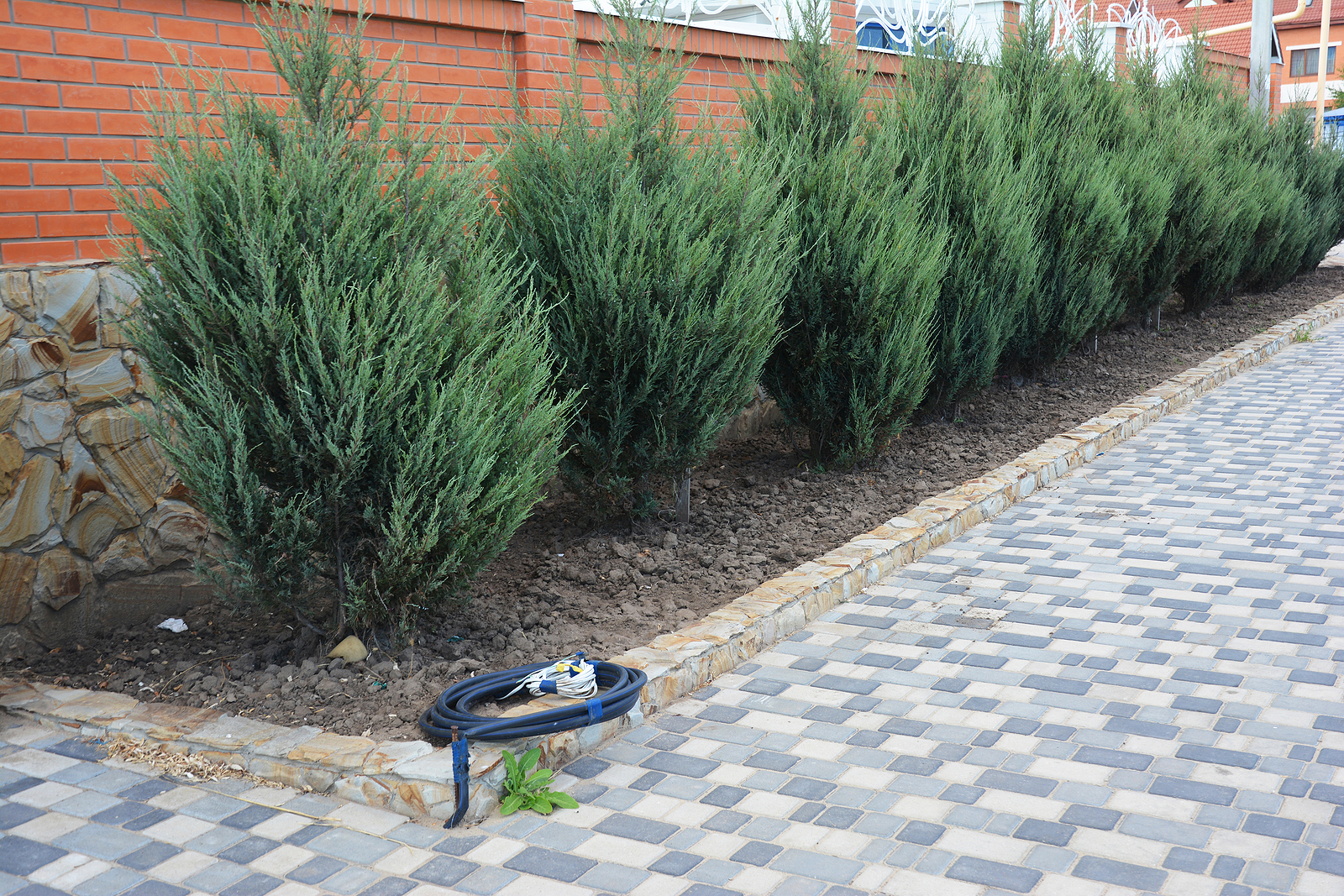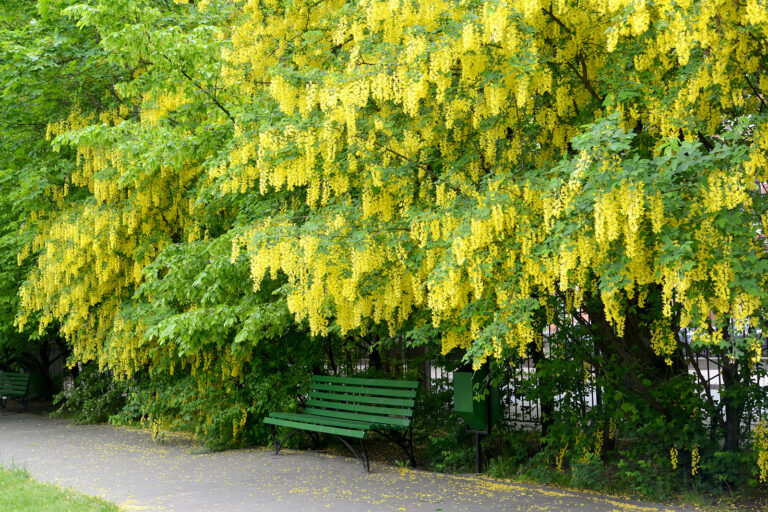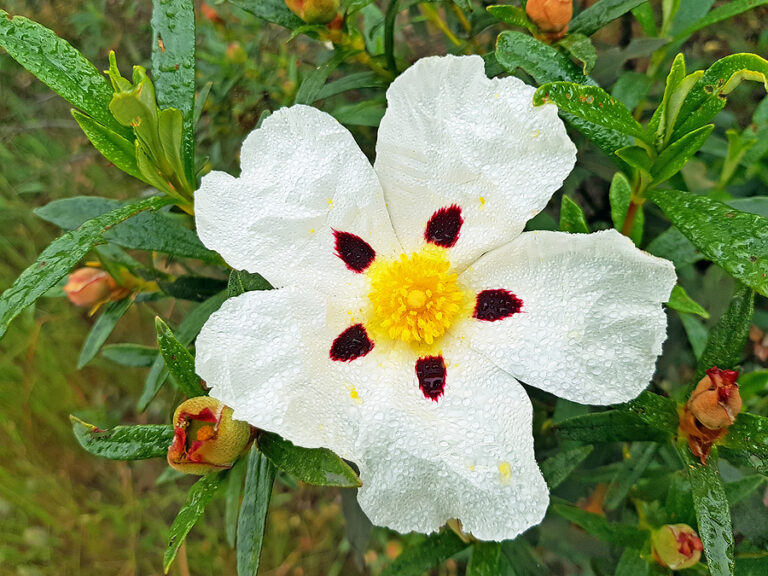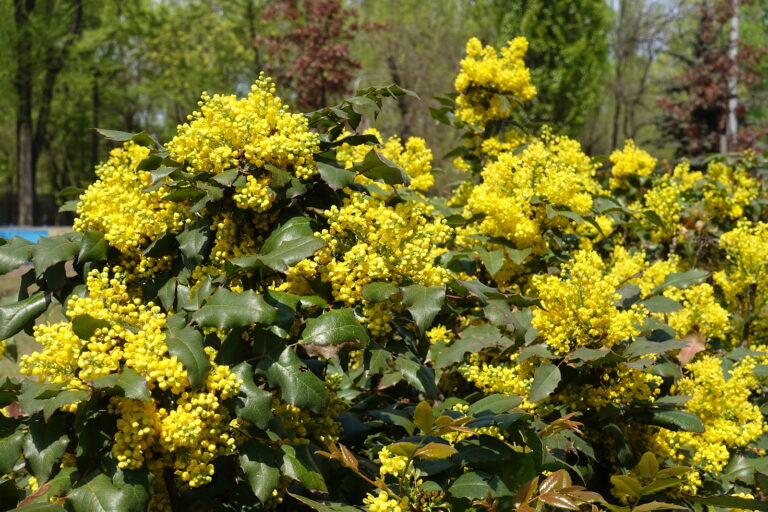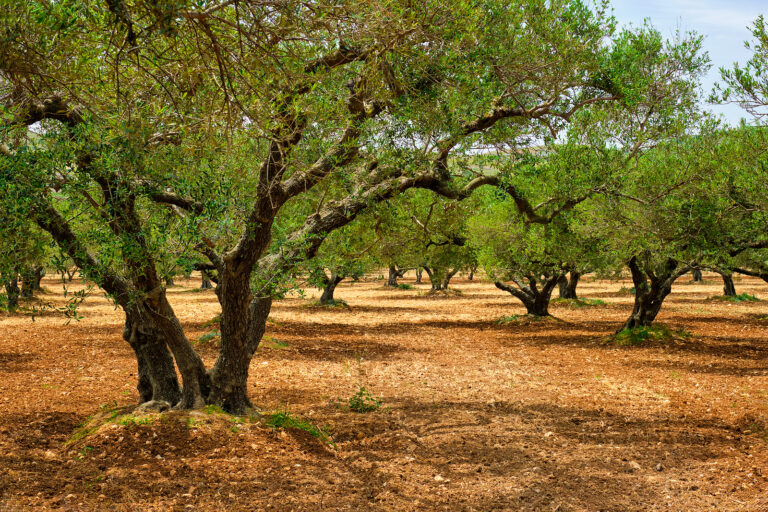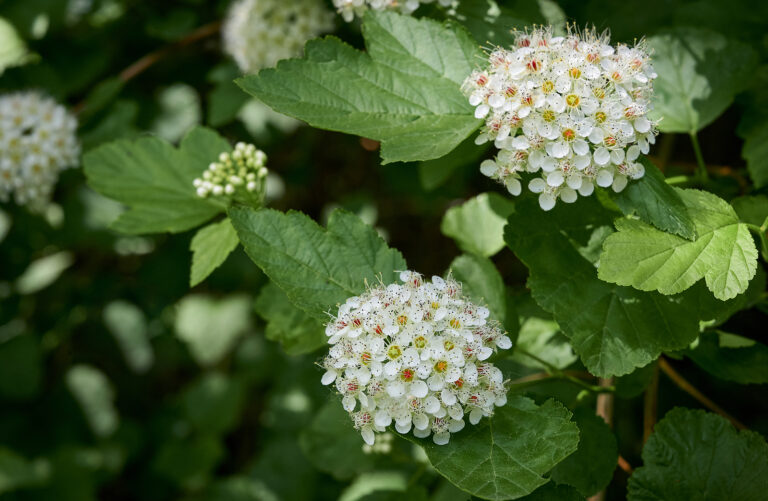How to Grow Juniper — Juniperus
Juniperus —commonly called junipers–is a large genus of evergreen coniferous plants, some are shrubs and some are trees. Many of them are often used landscape trees, shrubs, and ground covers. There is a form of juniper for almost every landscape use.
Junipers have foliage that is needlelike or scalelike or both. Groundcovers range from 2 to 3 inches (5-7.5cm) high; they are creepers and spreaders. Shrubs types can be stiffly upright or columnar and grow 4 to 8 feet (1.2-2.4m) tall or more. Tree types can be columnar or spreading and grow from 15 to 40 feet (4.5-12m) tall. Generally, junipers look best in their natural picturesque form though they can be clipped, trained, or hedged. Large junipers can be used as screens or windbreaks.

Get to know Juniperus
- Plant type: Evergreen trees and shrubs
- Growing zones and range: USDA Zones 5 to 9; China, Japan, Mongolia
- Hardiness: Zone 5
- Height and width: Varies by variety–from groundcover to shrub to tree
- Growth rate: Fast
- Form and habit: Twisted stylized form, irregularly branched; spreaders and creepers
- Foliage: Scalelike or needlelike vivid green leaves that may be gray-blue, green-blue, or light green tipped with gold; winter cold give leaves a purple cast
- Flowers: Inconspicuous flowers, yellow on male, greenish on female
- Fruits: Cones; cones of male plants are yellow and resemble catkins; cones of female plants are small round blue berries
- Uses: Accent plant, ground cover, landscape, screens, windbreak
- Garden companions:
- Common name: Juniper
- Botanical name: Juniperus
- Family name: Cupressaceae
- Origin: Dry forests and hillsides throughout the Northern hemisphere
Where to plant Juniperus
- Plant Juniperus in full sun; tolerates drought.
- Plant Juniperus in well-drained, alkaline to slightly acid soil with some coarse sand added; pH 5.5-6.5.
- Juniperus adapt to moist or dry conditions and rocky soil.
- They also tolerate heat ad drought.
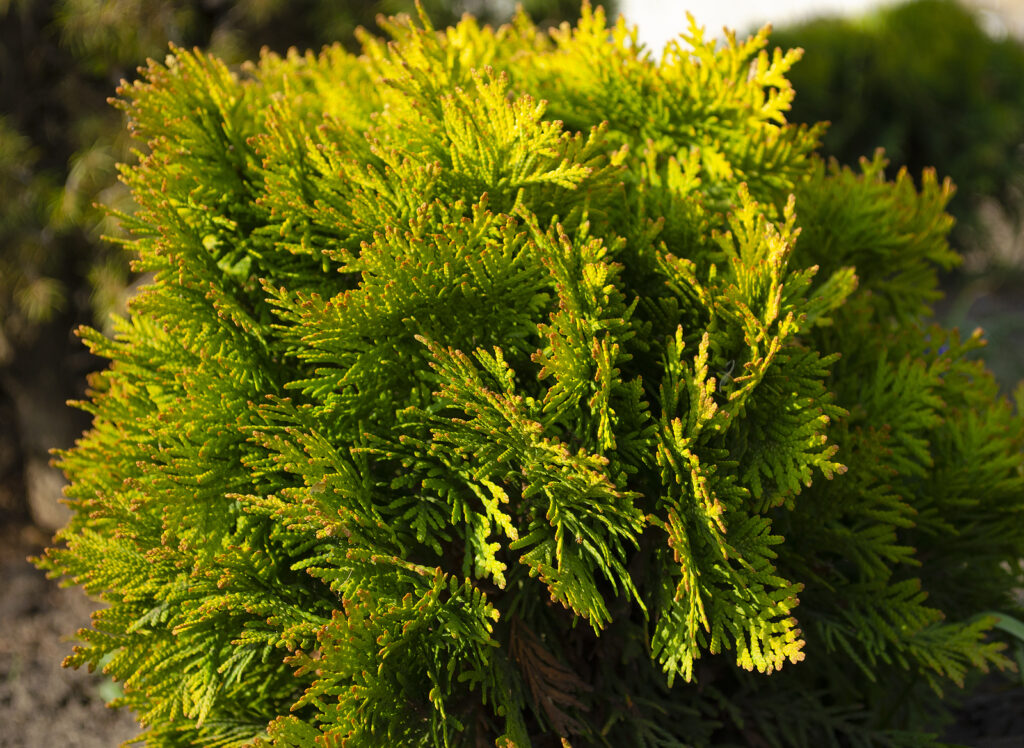
When to plant Juniperus
- A spreading root system makes container-grown Juniperus easy to transplant in spring or fall.
Planting and spacing Juniperus
- Juniper spacing varies by variety; generally 5 feet (1.5m) or more apart.
How to water and feed Juniperus
- Give Juniperus regular to moderate water.
- Feed Juniperus with an all-purpose organic fertilizer in spring.
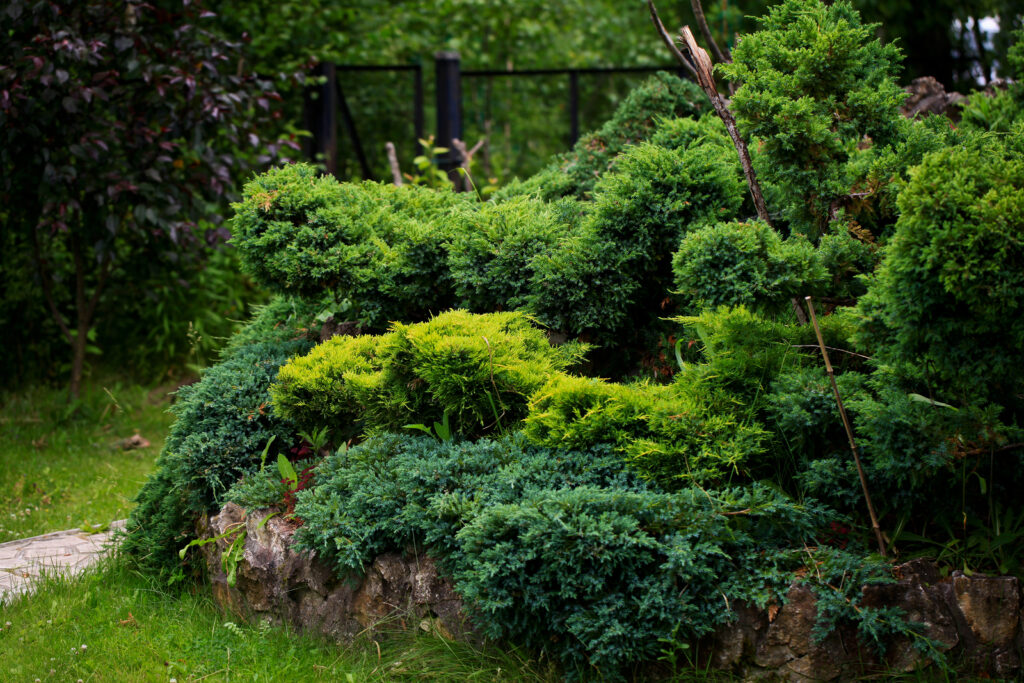
How to care for Juniperus
- Prune Juniperus during dormancy.
Juniperus pests and diseases
- Some Juniperus species are susceptible to blight, so plant only blight-resistant cultivars recommended by local nursery.
- Juniperus are susceptible to attacks by bagworms, mites, twig borers, cedar-apple rust, webworm, and scales.
- Handpick and destroy bagworms, which spin silken bags that are studded with needles and resemble pine cones.
- Plant Juniperus as groundcover to encourage predators of mites, or spray leaves with insecticidal soap.
- Prune and destroy plant parts infested with scales.
- Several Juniperus species are alternate hosts to cedar-apple rust; avoid planting Juniperus near apple trees.
Juniperus propagation
- Take Juniperus cuttings in late summer, fall, or winter.
- Layer low-growing types in summer.
- Remove seed from its fleshy covering and sow in fall.
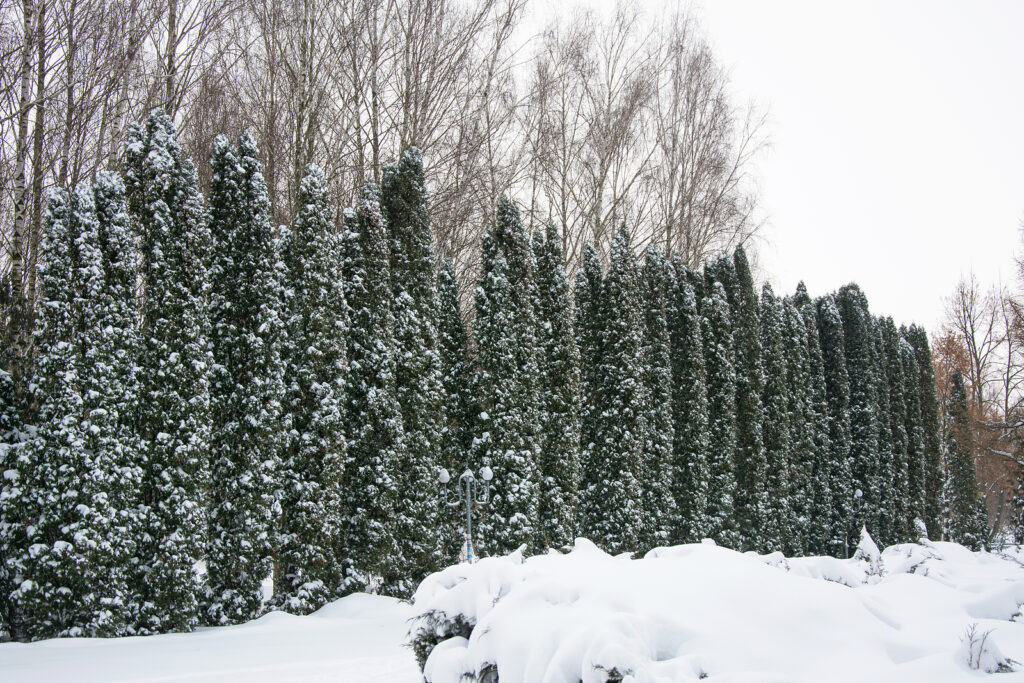
Popular Juniperus varieties to grow
- Juniperus chinensis, Chinese juniper, a handsome long-lived species, has been much hybridized. Although it’s a 60-foot (18.3m) tree in northern Asia, its native habitat, Chinese juniper’s cultivars are popular small garden plants. ‘San Jose’ is a creeper that reaches 12-18 inches (30.5-46.7cm) tall and more than 6 feet (15.2cm) wide, with irregular branching. Needles are a muted sage green. ‘Sea Spray’ grows to 15 inches (38cm) tall and more than 5 feet (12.7m) across and has blue-green foliage. J. c. var. sargentii, Sargent juniper, is a ground-covering juniper native to coastal northern Japan. It will grow in almost pure sand. Plants are 1.5-2 feet (.5-.6m) tall and spread to 9 feet (2.7m). Needles are blue-green. It can adapt almost anywhere in Zones 3 to 9.
- J. conferta, Shore juniper, although the species grows wild only on the islands of Japan and on Sakhalin (a Russian island north of Japan), its cultivars grow well in warmer climates in sandy soils. ‘Blue Pacific’ is a low-growing and relatively heat-tolerant form that grows to 12 inches (30.5cm) tall and 6 feet (15.2cm) across. Its needles are blue-green. ‘Emerald Sea’ is dense, low, and relatively salt tolerant. Its emerald green needles have a gray band. Zones 6 to 8.
- J. horizontalis, Creeping juniper, hardy in Zones 3 to 9, stays well under a foot high and spreads 8-12 inches (20.3-30.5cm) per year. It has intense silver-blue foliage that takes on a purple cast in winter. In Southern California it is outstanding among the prostrate junipers. All forms are low growing and spread 5-10 feet (1.5-3.1m) over time. ‘Andorra Compacta’ grows to 18 inches (46.7cm) tall and has dense, gray-green foliage that bronzes in winter. ‘Bar Harbor’ was originally collected near its namesake town in coastal Maine. Its creeping stems have short side branches that grow up to 10 inches (25.4cm) tall.
- J. sargentii ‘Glauca’, Blue sargent juniper, grows 30 inches (76.2cm) tall by 10 feet (3.1m) wide with upright branching and has blue-green, camphor-scented foliage that is disease resistant. Zones 3 to 9.
- J. scopulorum, Rocky Mountain juniper, grows best in gardens from British Columbia to California in Zones 3 to 7. It is a narrow pyramidal tree, 30-40 feet (9.1-12.2m) tall, with several colorful cultivars.
- J. squamata, Blue star juniper, this popular cultivar of the singleseed or flaky juniper from Asia forms a pincushion-shaped mound about 3 feet (.9m) tall and wide and has silver-blue needles that may turn somewhat purple in winter. Does not perform well in heat and humidity. Zones 4 to 7.
- J. virginiana, Eastern red cedar, a dense 40-50 foot (12.2-15.2m) tree, there are both pyramidal and columnar forms.

